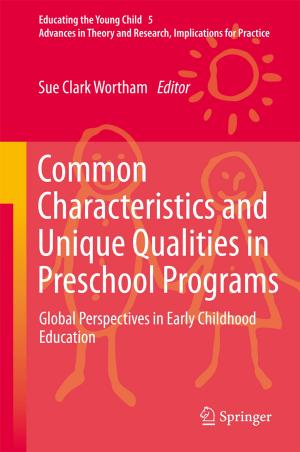The Security of Water, Food, Energy and Liveability of Cities
Challenges and Opportunities for Peri-Urban Futures
Nonfiction, Social & Cultural Studies, Political Science, Politics, City Planning & Urban Development, Science & Nature, Science, Biological Sciences, Environmental Science, Nature| Author: | ISBN: | 9789401788786 | |
| Publisher: | Springer Netherlands | Publication: | May 27, 2014 |
| Imprint: | Springer | Language: | English |
| Author: | |
| ISBN: | 9789401788786 |
| Publisher: | Springer Netherlands |
| Publication: | May 27, 2014 |
| Imprint: | Springer |
| Language: | English |
The population of cities around the world is growing at an alarming rate, and as a result the landscapes of most cities are going through enormous changes. In particular, fertile agricultural lands at the periphery of cities are being developed without consideration of holistic planning. As such, peri-urban areas, zones of transition from rural to urban land uses located between the outer limits of the urban and the rural environment are experiencing significant losses of agricultural land, increased runoff, and water quality degradation. Concurrently, the demands for water, food and energy are increasing within cities, and unless a balance is struck the liveability of these cities will soon be compromised. The current water and land use changes have serious consequences on lifestyle, environment, health and overall well-being of urban communities. This book therefore helps readers to understand the current issues and challenges and examines suitable strategies and practices to cope with current and future pressures of urbanisation and peri-urban land-use changes.
The book examines a number of critical aspects in relation to the future of cities and peri-urban regions, including the suitability of policies and institutions to sustain cities into the future; impact of current trends in land use change, population increase and water demand; long term planning needs and approaches to ensure the secured future for generations ahead; and strategies to adapt the cities and land uses so that they remain viable and liveable.
The readership of the book will include policy makers, urban planners, researchers, post-graduate students in urban planning and environmental and water resources management and managers in municipal councils.
The population of cities around the world is growing at an alarming rate, and as a result the landscapes of most cities are going through enormous changes. In particular, fertile agricultural lands at the periphery of cities are being developed without consideration of holistic planning. As such, peri-urban areas, zones of transition from rural to urban land uses located between the outer limits of the urban and the rural environment are experiencing significant losses of agricultural land, increased runoff, and water quality degradation. Concurrently, the demands for water, food and energy are increasing within cities, and unless a balance is struck the liveability of these cities will soon be compromised. The current water and land use changes have serious consequences on lifestyle, environment, health and overall well-being of urban communities. This book therefore helps readers to understand the current issues and challenges and examines suitable strategies and practices to cope with current and future pressures of urbanisation and peri-urban land-use changes.
The book examines a number of critical aspects in relation to the future of cities and peri-urban regions, including the suitability of policies and institutions to sustain cities into the future; impact of current trends in land use change, population increase and water demand; long term planning needs and approaches to ensure the secured future for generations ahead; and strategies to adapt the cities and land uses so that they remain viable and liveable.
The readership of the book will include policy makers, urban planners, researchers, post-graduate students in urban planning and environmental and water resources management and managers in municipal councils.















